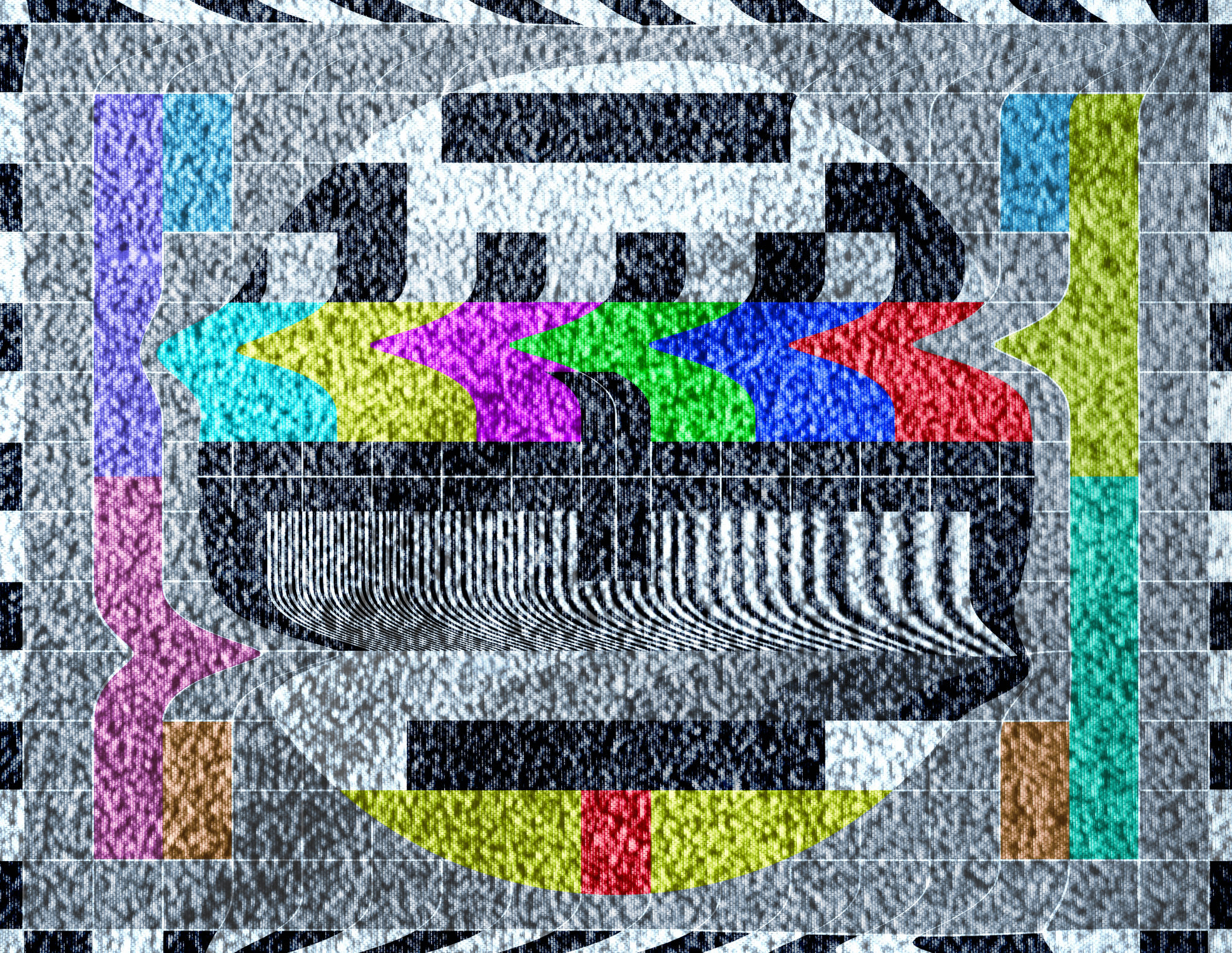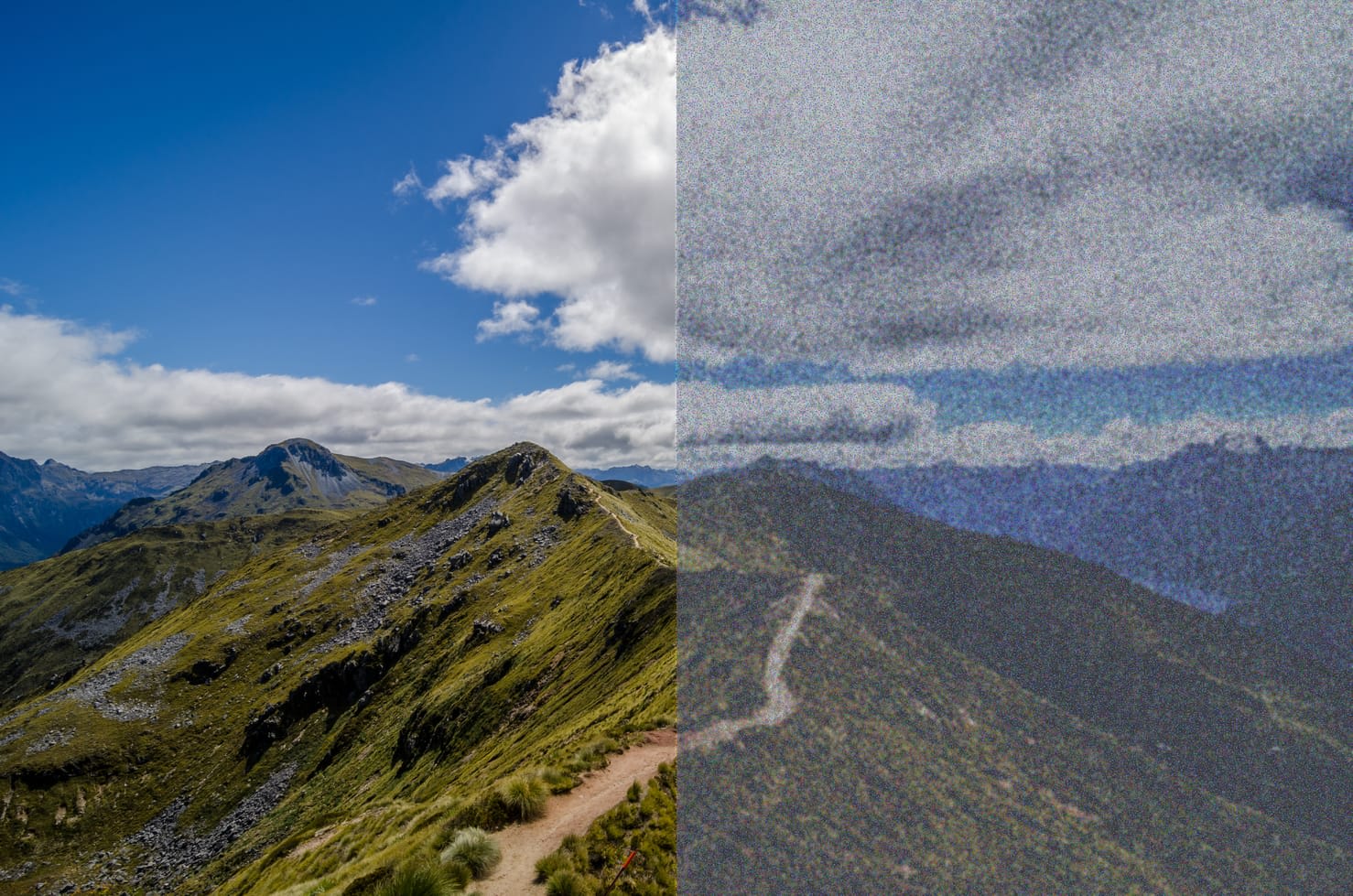It’s not known how many people suffer from the phenomenon known as “visual snow” but it’s likely they suffer alone.
People who have the condition see the world as though through an old fashioned TV set with static. It can happen as young as ten or later than 40 and lasts a lifetime. Only recently recognised as a disruption of visual processing in networks influencing visual cortex, there are less than half a dozen groups studying the condition globally.
One of them is at Monash University.
A lab devoted to the study of neurological conditions like visual snow is part of the University’s new Department of Neuroscience. It is led by Professor Owen White and Associate Professor Joanne Fielding.
People who experience visual snow don’t see crisp, clear images; they see them with tiny fuzzy dots in constant motion, similar to that seen on a badly-tuned television set.

Images often persist in their field of vision after the visual stimulus has left, dragging or remaining in the field of vision as a kind of negative space (a disturbance known as palinopsia). Squiggly lines and flashes of light are also consistently reported.
Impaired night vision, photosensitivity and tinnitus are less common effects. The condition is generally worse at night and, according to Professor White, was largely dismissed by physicians and ophthalmologists as a type of migraine or a form of depression.
Although the vision is affected, very few people have irregular eye test results. Most tests are normal, leading doctors to believe that patients may be making their symptoms up. CT scans and MRIs are also normal, again stumping doctors. It is more likely to be an undetectable chemical imbalance in the brain.
“And for those doctors who do recognise this as a legitimate condition, the response is generally that nothing can be done,” Professor White said.
"The most important unmet need for the condition is a sufficient understanding of it to generate and test hypotheses about treatment".
He adds that the term visual snow is rather limiting for the condition as there are numerous symptoms that patients experience above and beyond it.
Many people also see afterimages, vitreous floaters, entopic phenomenon, glare, halos, starbursts, trails, palinopsia, double vision, odd colours and shapes.
Many sufferers also have non-visual symptoms such as fatigue, tinnitus or depersonalisation and derealisation.
This is a 24/7 condition for these sufferers. The symptoms do not ever go away. Even with their eyes closed they see the static, afterimages and other disturbing visual images
In only one month the Monash Ocular-Motor Lab has recruited 35 people with visual snow in Australia and New Zealand (mostly in Victoria) for a study run by PhD student, Paige Foletta.
This study is looking to characterise the attentional profile of people living with visual snow, in an attempt to both help localise the source of the disorder and generate an innovative means to objectively measure it.
Professors White and Fielding believe the condition stems from a disorder in the way the brains of people with visual snow integrate visual information. The brain is not filtering out unnecessary information projecting to the visual cortex and the visual cortex in turn is sending back snow.
Almost half of all neurons in the body are associated with vision and eye control and 53 per cent of all cerebral networks control vision, according to Professor White.
“When the system malfunctions, it has an enormous impact,” he said.
Associate Professor Fielding and Dr Meaghan Clough have developed all of the research used in the lab to characterise neurological function, used to “look at disruption to neural networks involved in higher order processes like attention, executive function, memory, and information processing,” Associate Professor Fielding said.
In a recent review of the disorder, published in the journal of the North American Neuro-Opthalmology Society by the Monash group, they argue that “the most important unmet need for the condition is a sufficient understanding of it to generate and test hypotheses about treatment".
“It is important to realise that this is a 24/7 condition for these sufferers. The symptoms do not ever go away. Even with their eyes closed they see the static, afterimages and other disturbing visual images,” Associate Professor Fielding said.
The review found that visual snow affects:
- Men and women equally, with a median age of 30
- 86 per cent have after images that are stationary
- 60 per cent have moving after images
- 74 per cent suffer photophobia
- 68 per cent also suffer tinnitus
- 60 per cent impaired concentration
- 55 per cent lethargy
- 44 per cent anxiety
- 19 per cent depression
- 19 per cent balance disorders
- 59 per cent migraines
- 87 per cent headaches







